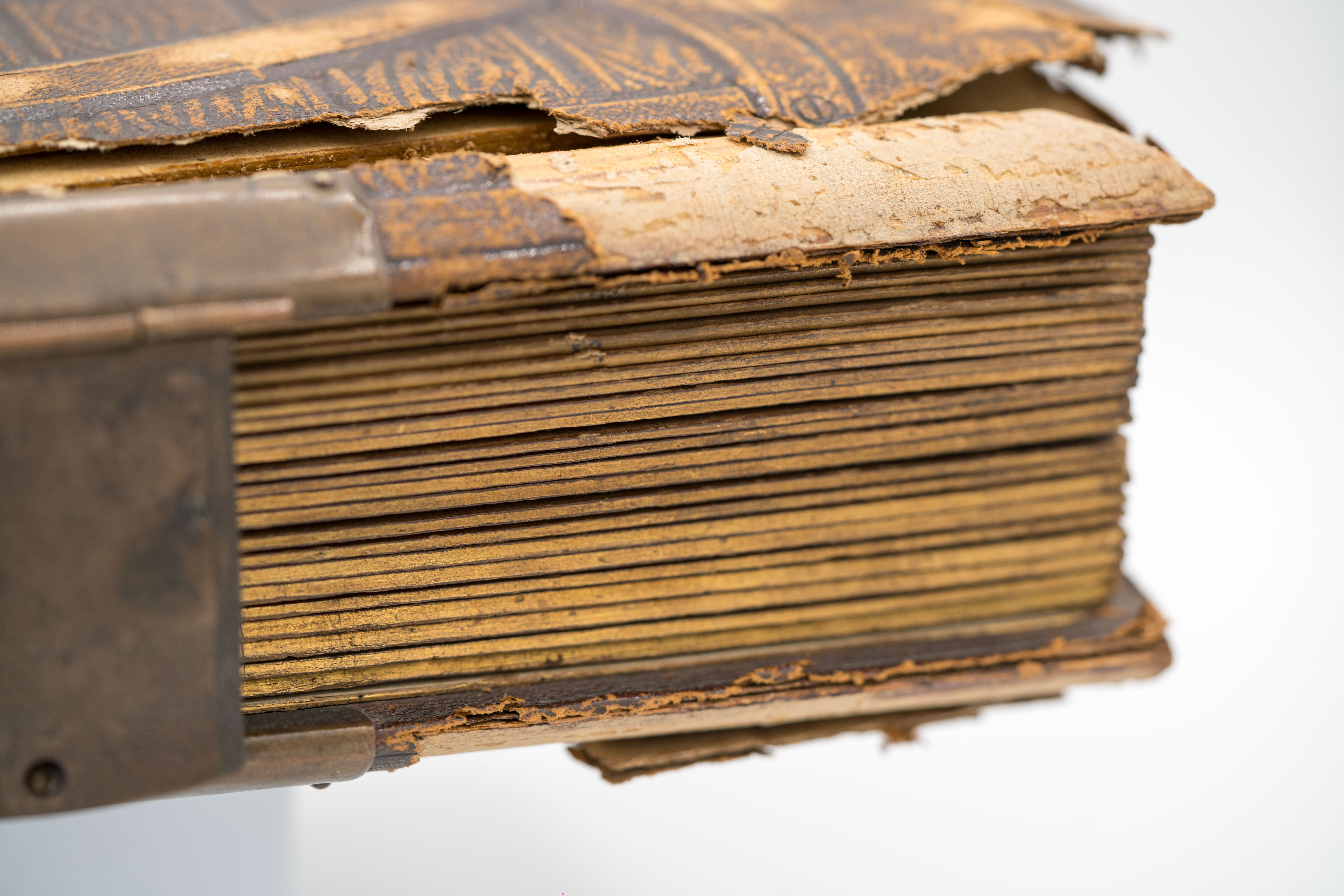Tintypes hold a special place in the history of photography. These iron-based portraits were durable, affordable, and beloved throughout the 19th century. Yet despite their rugged reputation, tintypes today are surprisingly vulnerable. Without proper care, these one-of-a-kind images can deteriorate and be lost forever.
For many families, these are the only surviving portraits of ancestors—making it essential to safeguard and digitize tintypes before they’re lost.
Why Tintypes Are Fragile
Tintypes may have been tougher than glass plates, but they still face several risks:
- Rust and corrosion: The iron base oxidizes if exposed to moisture.
- Scratching and flaking: The emulsion layer is thin and prone to wear.
- Bending or warping: Thin iron can easily bend, cracking the image.
- Fading: Exposure to light or poor storage dulls contrast and detail.
Many tintypes today are found in family trunks, albums, or shoeboxes, often stacked without protection for decades. Others are glued to acidic album pages, accelerating damage.
What to Do Immediately If You Find a Tintype
If you uncover tintypes in your home or family collection, here are the most important first steps:
- Do not try to clean it – Even gentle wiping can strip away the image.
- Leave it in its frame or case – If already housed, do not remove it. The frame may offer protection, even if not archival. If the frame is cracked or crumbling, store the tintype in a stable box and consult before removing.
- Avoid flattening bends – Trying to straighten a bent tintype almost always cracks the emulsion.
- Handle carefully – Hold only by the edges; wear gloves if possible.
- Move to a safe environment – Keep tintypes in a cool, dry, dark space, away from basements, attics, or direct sunlight.
How to Preserve Tintypes for the Long Term (Top 5 Tips)
For lasting preservation—before or after digitization—follow these steps:
- Use acid-free sleeves or envelopes – Each tintype should be stored individually.
- Flat archival boxes – Store them flat, not upright, and avoid stacking heavy items on top.
- No adhesives or tape – Never glue or tape tintypes into albums or onto backing boards.
- Control the environment – Keep temperature and humidity stable to prevent rust and fading.
- Digitize tintypes – High-resolution, non-contact scanning is the best way to preserve their images for future generations. Digitized tintypes will last and be shared wider than their original.
Digitization: The Best Form of Preservation
Even with careful storage, tintypes remain fragile. Digitization is the only way to ensure their images last indefinitely. At Scanthology, we use non-contact digitization systems to capture tintypes in high resolution without risk to the surface. Once you digitize tintypes, they can be:
- Restored – Digital tools can reverse fading and damage.
- Shared – Families can distribute digital copies without handling originals.
- Preserved long-term – Digital archives ensure images live on even if the physical tintype continues to deteriorate.
Scanthology’s non-contact process is the safest way to digitize tintypes, ensuring every detail is preserved without risk.
Why Preservation Matters
Tintypes aren’t just antique photos—they are historical records of everyday lives. Because tintypes are direct positives, each one is a singular artifact. If it is lost or damaged, its image disappears forever.
That’s why the most important thing is that these images are preserved—whether with Scanthology or elsewhere. Our role is to be a trusted partner: answering questions, offering advice, and providing safe, professional digitization when you’re ready.
Preserving tintypes means safeguarding a democratic chapter of photography, ensuring that portraits of soldiers, families, and fairgoers remain accessible, meaningful, and inspiring for generations to come.
FAQ
Should I take a tintype out of its frame or album?
Not unless it is falling apart. Many old frames or albums protect tintypes, even if not archival. Removing them can scratch or crack the surface.
What if my tintype is bent?
Do not try to flatten it. Straightening usually causes irreversible cracking. Store it as-is until a professional can assess.
Can tintypes be restored if they’re rusted or faded?
The original damage cannot be undone, but digital restoration after scanning can recover contrast, detail, and tones beautifully.
What’s the first thing I should do if I find tintypes in an attic or trunk?
Move them to a cooler, drier, and darker environment, and avoid unnecessary handling until you can digitize and store them properly.
Ready to Preserve Your Family’s History?
Whether you’re sorting through a trunk of family heirlooms or handling a single fragile portrait, we’ll help you protect it with care and clarity.
If you’ve uncovered tintype photos—or aren’t sure what type they are—schedule a complimentary consultation with a Scanthologist. We’ll help you understand what you have, answer your questions, and guide you toward safe preservation—whether you choose to work with us or not.
